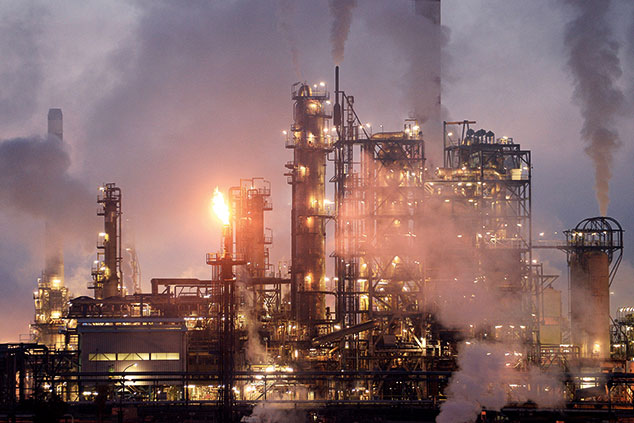
The latest political upset in Italy has given investors a nasty fright. In May alone over $3.7bn poured out of Europe-focused equity exchange-traded funds (ETFs), says Chloe Cornish on FT.com. Indeed, $11bn has gone in three months. According to Citigroup, we haven’t seen outflows like this from European tracker funds since data-gathering began a decade ago.
It’s not just that investors have had a reminder of the flawed design of Europe’s monetary union and its potential to break up. Trade tension is always worse news for Europe than for other major regions because it is more geared to global growth. Exports comprise about 44% of GDP in the single-currency area, compared with 28% and 12% in Britain and the US respectively. European economic data has also cooled off, in contrast to surveys elsewhere.
The European Central Bank looks set to wind down its money-printing programme, which has propped up asset markets and artificially reduced long-term borrowing costs. Equities’ growth potential also appears less exiting than across the Atlantic. Europe’s markets, says The Economist, “are heavy with the technologies of the second industrial revolution – mass-market cars, petrochemicals and machinery – but light on the digital firms that power stockmarkets in America”.
The recovery should endure
Still, just as investors spent the year or so before Italy’s crisis ignoring all of Europe’s flaws, they appear to be taking too pessimistic a view now. In the first quarter, adds Capital Economics, GDP expanded by just 0.4%, down from 0.7% in the final quarter of last year. It should come in at 0.4% or so between April and June too. But in annualised terms that’s still 1.6%, above the single-currency area’s potential long-term growth rate, or economic speed limit. In other words, growth is still fast enough to use up spare capacity and drive up wages and consumer prices, implying an end to ultra-loose monetary policy.
With wages on the up in all the major economies, say Nick Andrews and Cedric Gemehl in Gavekal Research, and surveys indicating the worst shortages of labour and equipment since 1982, there should now be a capital spending cycle, extending the recovery. But in the past firms haven’t always embarked on an investment cycle, but have hunkered down as rising costs have squeezed their profits, perhaps rattled by recurrent euro crises. Investors should keep a close eye on business investment.
Hold on to your stocks
The broader point is that all the “defects” of the euro area are well known, and equities look reasonably valued after their latest dip. The Euro Stoxx 50 index of the single-currency area’s top blue-chips is on a price-earnings ratio of 15.6, compared with 20.8 for the US benchmark, the S&P 500. A yield of 3.5% (compared with the S&P’s 1.9%) also looks appealing with cash paying nothing and bonds on a negative inflation-adjusted yield. “Patience may be required,” says The Economist. But eurozone equities look appealing.